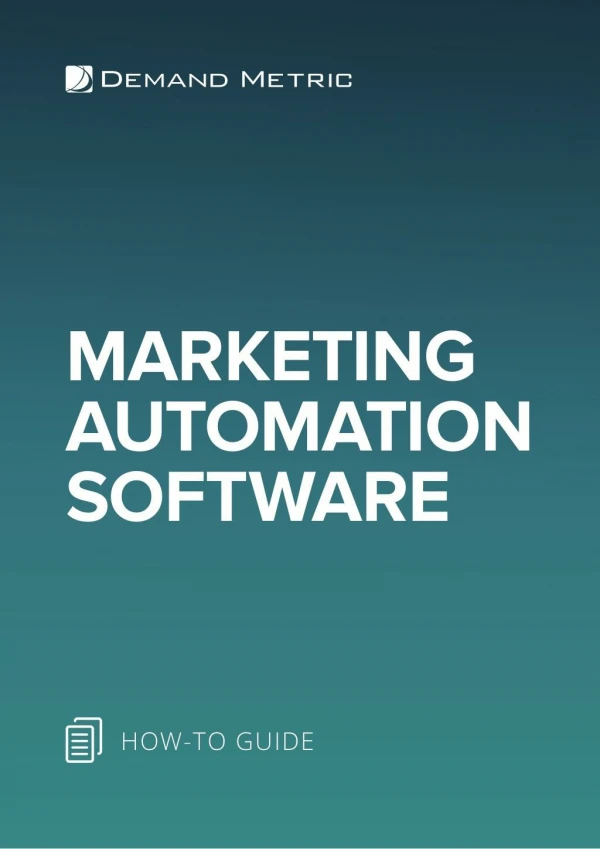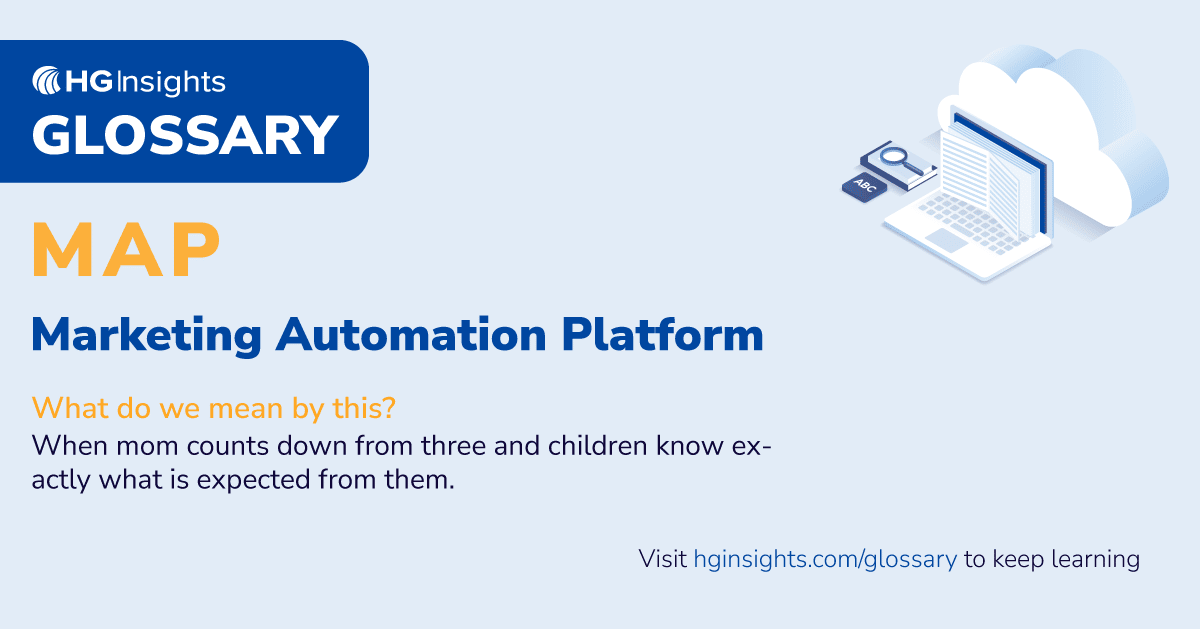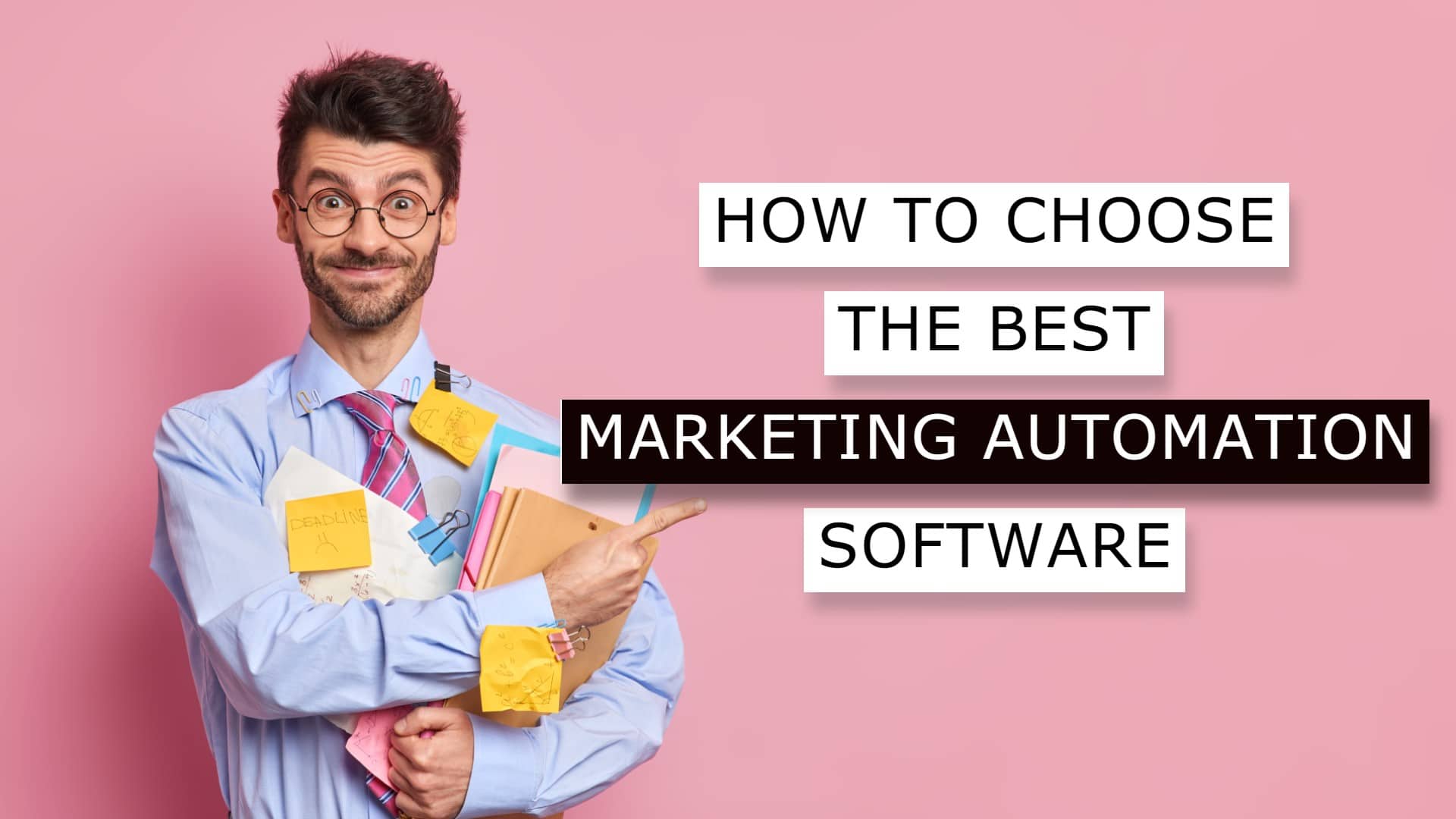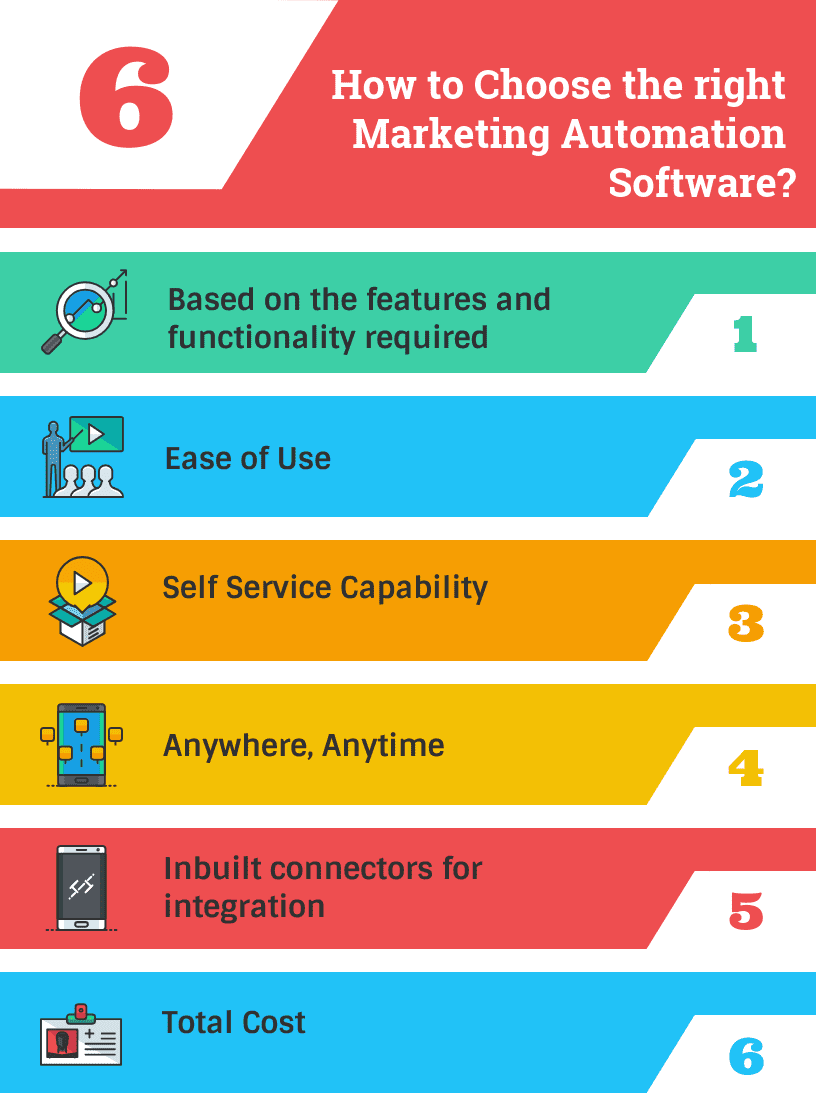Marketing automation platforms have rapidly evolved from a niche tool for small businesses to a core component of many modern marketing strategies. They’re no longer just about email marketing; they’re sophisticated systems designed to streamline and optimize every touchpoint a customer has with your brand. Understanding what these platforms do and how they can benefit your business is increasingly crucial for staying competitive. This article will delve into the world of marketing automation platforms, exploring their key features, benefits, and how to choose the right one for your needs. Marketing automation platforms are transforming how businesses interact with their customers, leading to increased efficiency, improved lead generation, and ultimately, higher ROI.

What Are Marketing Automation Platforms?

At their core, marketing automation platforms (MAPs) are software solutions that automate repetitive marketing tasks. They’re essentially digital workflows that trigger actions based on specific events or behaviors. Think of it as a digital assistant that handles the behind-the-scenes work, freeing up your marketing team to focus on strategy and creative execution. Unlike traditional email marketing, which relies on manual sending and tracking, MAPs allow you to create sequences of automated emails, SMS messages, and other communications tailored to individual customer journeys. These platforms aren't just about sending emails; they’re about building relationships and nurturing leads through a series of personalized interactions.

The Core Components of a MAP
A typical marketing automation platform offers several key components working together. Firstly, there’s email marketing automation, which allows you to send targeted emails based on customer behavior, such as abandoned carts or website visits. Secondly, there’s lead scoring, which helps prioritize leads based on their engagement and likelihood to convert. Thirdly, campaign management provides a centralized dashboard to create, schedule, and track marketing campaigns across multiple channels. Finally, CRM integration is often a crucial element, connecting the MAP with your Customer Relationship Management (CRM) system to provide a 360-degree view of your customers. Without these components, a MAP is just a collection of tools – a powerful collection, but a collection nonetheless.

Key Features of Marketing Automation Platforms
Many MAPs offer a wide range of features, each designed to address specific marketing challenges. Here are some of the most important:

Lead Capture and Qualification
One of the most fundamental functions of a MAP is lead capture. These platforms allow you to implement various lead capture forms on your website, landing pages, and social media channels. These forms can collect valuable information about potential customers, such as email addresses, phone numbers, and job titles. Sophisticated lead scoring algorithms then analyze this data to determine which leads are most likely to convert into customers.

Email Marketing Automation
Email marketing remains a cornerstone of many MAPs. They provide tools for creating and sending personalized email campaigns, including welcome emails, nurture sequences, promotional emails, and transactional emails. Features like A/B testing allow you to optimize your email content and subject lines for maximum engagement.

Social Media Automation
Many MAPs integrate with social media platforms, allowing you to automate tasks such as scheduling posts, responding to comments, and tracking social media engagement. This helps you maintain a consistent brand presence and engage with your audience across multiple channels.

SMS Marketing
SMS marketing is becoming increasingly popular, and MAPs offer robust SMS campaign management capabilities. You can send text messages to customers with personalized offers, appointment reminders, and other important updates.

Workflow Automation
This is arguably the most powerful feature of a MAP. Workflow automation allows you to create automated sequences of actions triggered by specific events or conditions. For example, a customer might receive a welcome email after signing up for your newsletter, followed by a series of emails showcasing your products or services.

Reporting and Analytics
Comprehensive reporting and analytics are essential for understanding the performance of your marketing campaigns. MAPs provide detailed dashboards and reports that track key metrics such as open rates, click-through rates, conversion rates, and ROI. These insights allow you to identify areas for improvement and optimize your campaigns for better results.
Benefits of Implementing a Marketing Automation Platform
Investing in a marketing automation platform can deliver significant benefits to your business. Here are some key advantages:
Increased Lead Generation
By automating lead capture and nurturing, MAPs help you generate more qualified leads. The targeted approach ensures that your leads are engaged with your brand and more likely to convert.
Improved Sales Efficiency
MAPs streamline the sales process by automating tasks such as lead qualification and follow-up. This frees up your sales team to focus on closing deals.
Enhanced Customer Engagement
Personalized email campaigns and other automated communications keep your customers engaged with your brand. This fosters loyalty and encourages repeat business.
Better ROI
By optimizing campaigns and tracking results, MAPs help you improve your return on investment (ROI) for your marketing efforts.
Scalability
MAPs are designed to scale with your business. As your marketing needs grow, your MAP can easily accommodate more customers, campaigns, and automation workflows.
Choosing the Right Marketing Automation Platform
With so many options available, selecting the right marketing automation platform can be daunting. Here are some factors to consider:
Business Needs
Start by identifying your specific marketing needs and goals. What are you trying to achieve with automation? Are you focused on lead generation, email marketing, or social media engagement?
Features and Functionality
Evaluate the features offered by different platforms. Do they offer the features you need, such as lead scoring, workflow automation, and CRM integration?
Pricing
Compare pricing plans and understand the costs associated with each platform. Some platforms offer free trials, which can be a great way to test out different options.
Ease of Use
Consider the user-friendliness of the platform. Is it easy to learn and use? Does it offer good customer support?
Integrations
Ensure that the platform integrates with your existing tools and systems, such as your CRM and email marketing service providers.
Best Practices for Maximizing Marketing Automation ROI
To truly realize the benefits of a marketing automation platform, it’s important to follow best practices:
Personalize Your Content
Generic emails are unlikely to resonate with your audience. Personalize your content based on customer data and behavior.
Segment Your Audience
Segment your audience into smaller groups based on demographics, interests, and purchase history. This allows you to send more targeted and relevant emails.
Test and Optimize
Continuously test and optimize your campaigns to improve performance. A/B testing is a powerful tool for identifying what works best.
Provide Value
Don’t just send promotional emails. Provide valuable content that your audience will find helpful and engaging.
The Future of Marketing Automation
Marketing automation is constantly evolving. We’re seeing the rise of more sophisticated platforms with advanced AI capabilities, such as predictive analytics and dynamic content generation. The trend is towards greater personalization, automation, and integration across all marketing channels. Looking ahead, expect to see even more innovative applications of marketing automation, blurring the lines between marketing and sales. The focus will shift towards creating seamless customer experiences that are both personalized and efficient.
Conclusion
Marketing automation platforms have fundamentally changed the way businesses approach marketing. By automating repetitive tasks, streamlining workflows, and providing valuable insights, these platforms empower marketers to achieve greater efficiency and ROI. Choosing the right platform and implementing best practices are crucial for maximizing the benefits of marketing automation. As technology continues to advance, marketing automation will undoubtedly play an even more significant role in driving business success. Investing in a robust marketing automation platform is no longer a luxury – it’s a necessity for businesses looking to thrive in today’s competitive landscape.